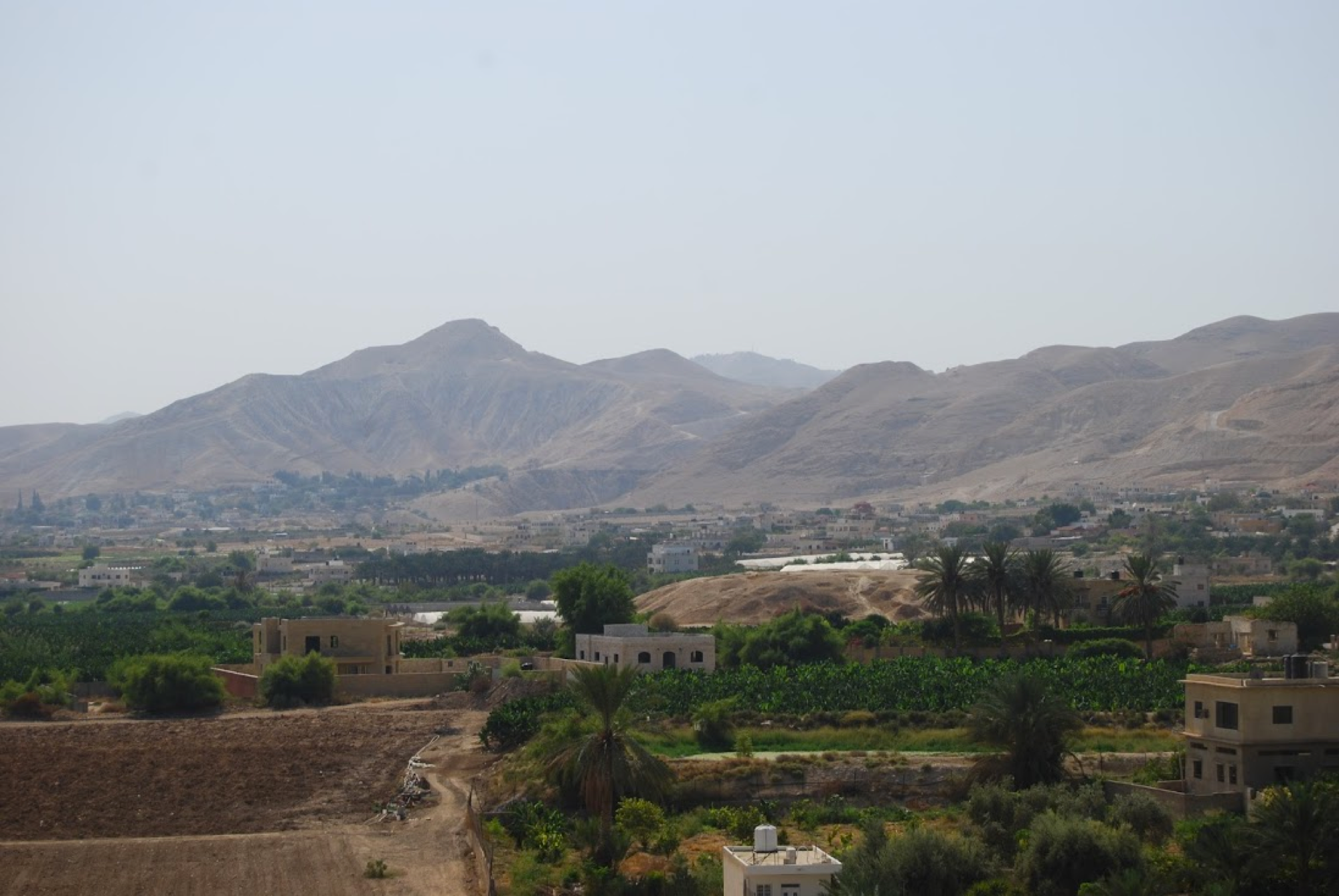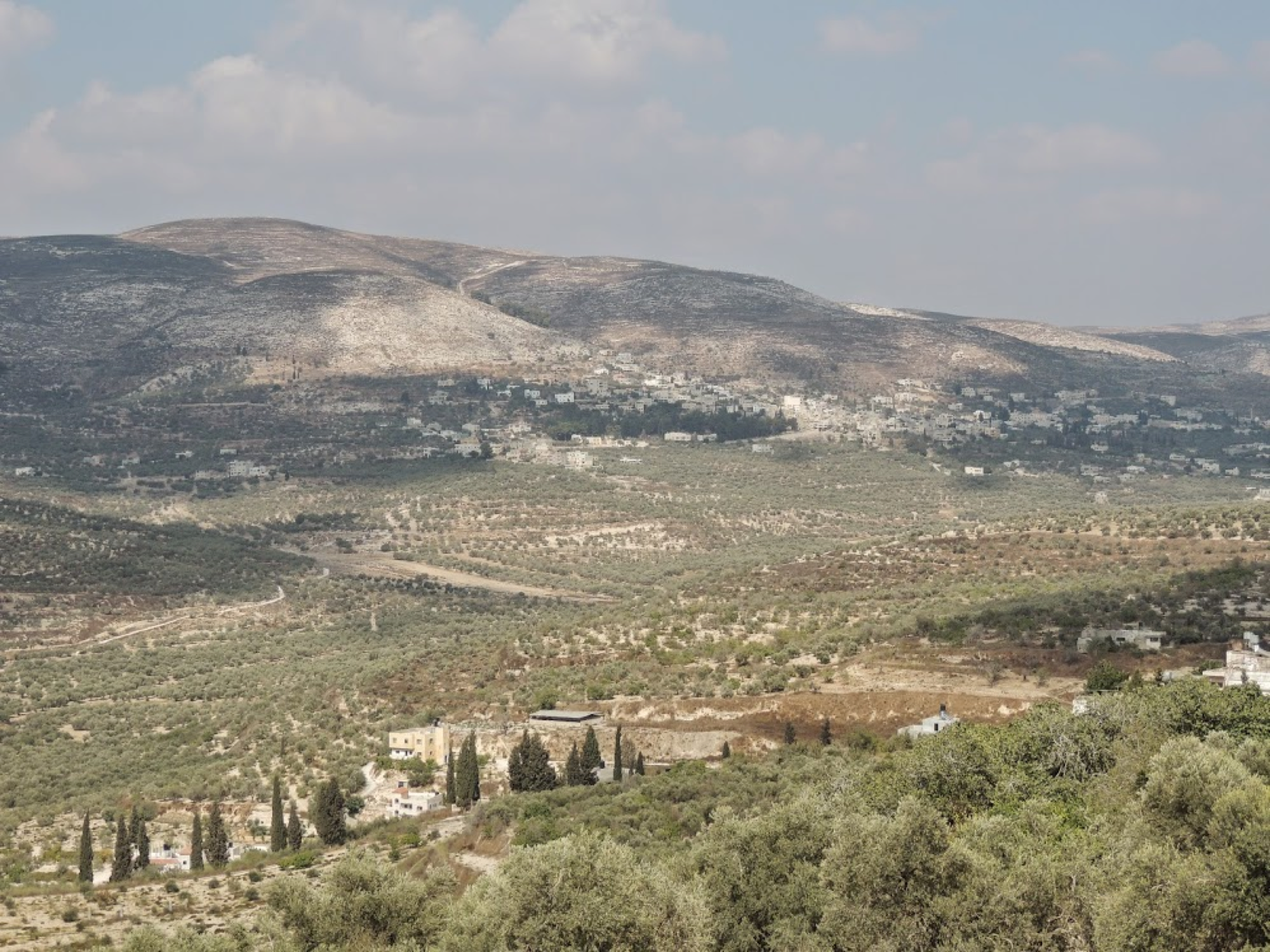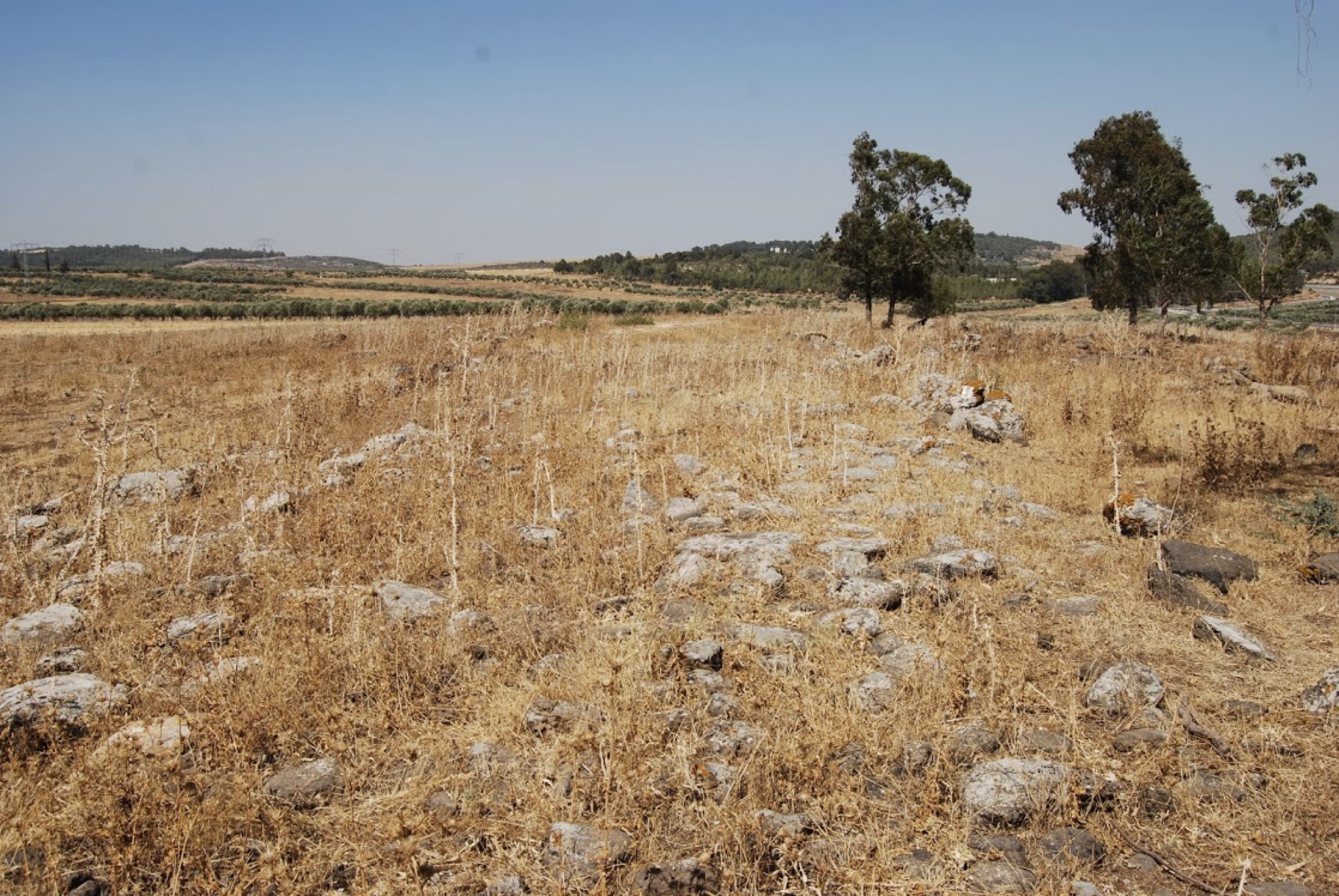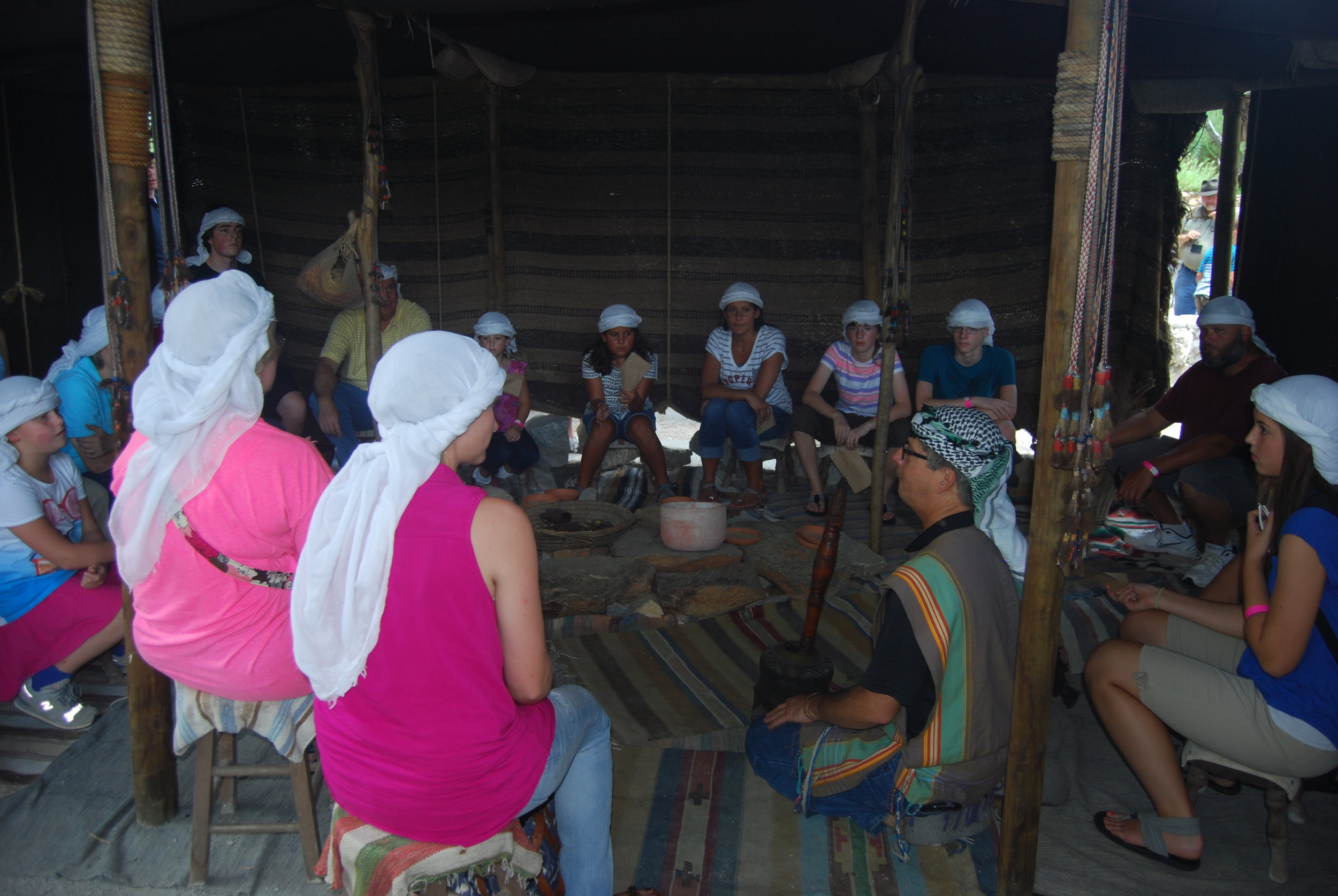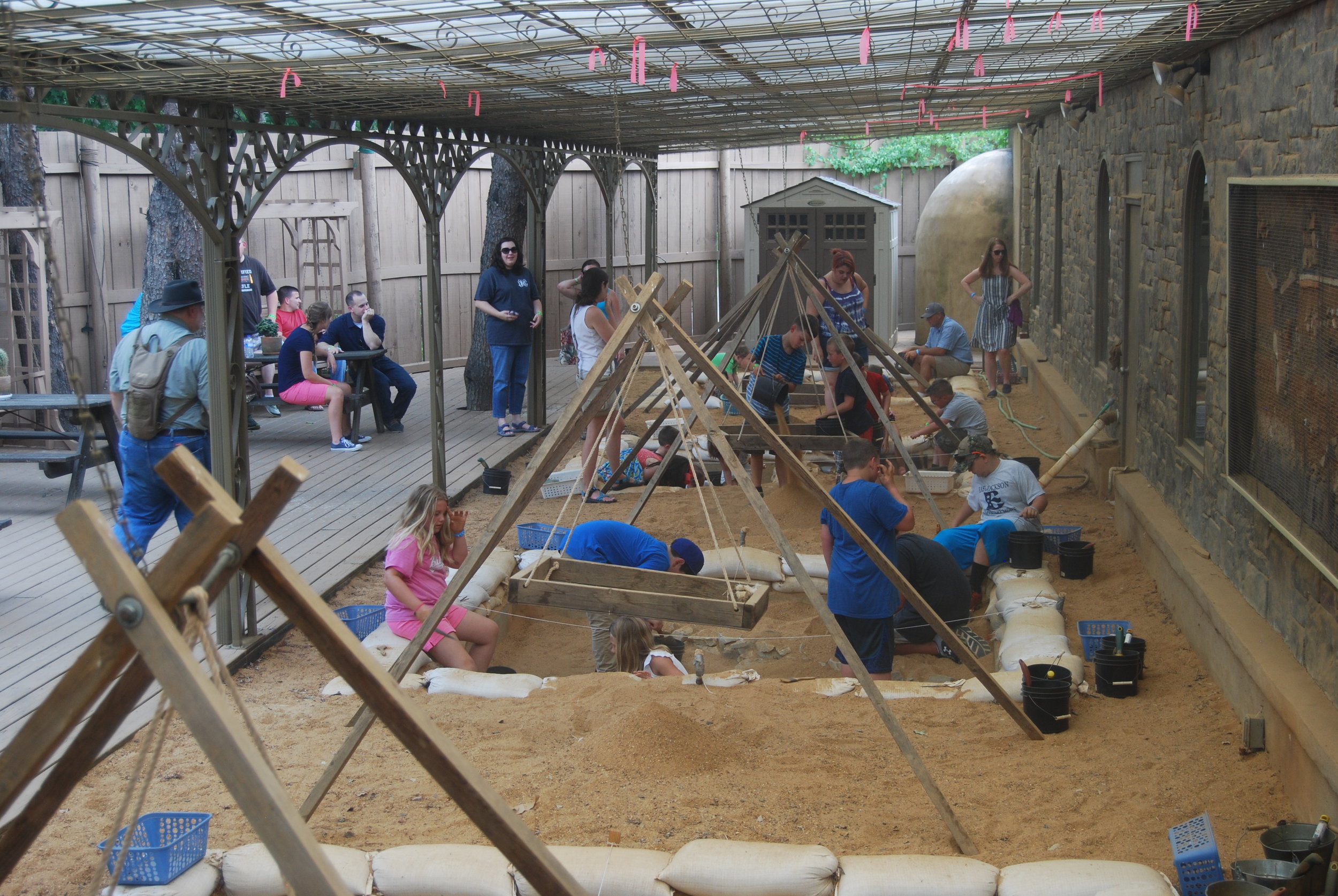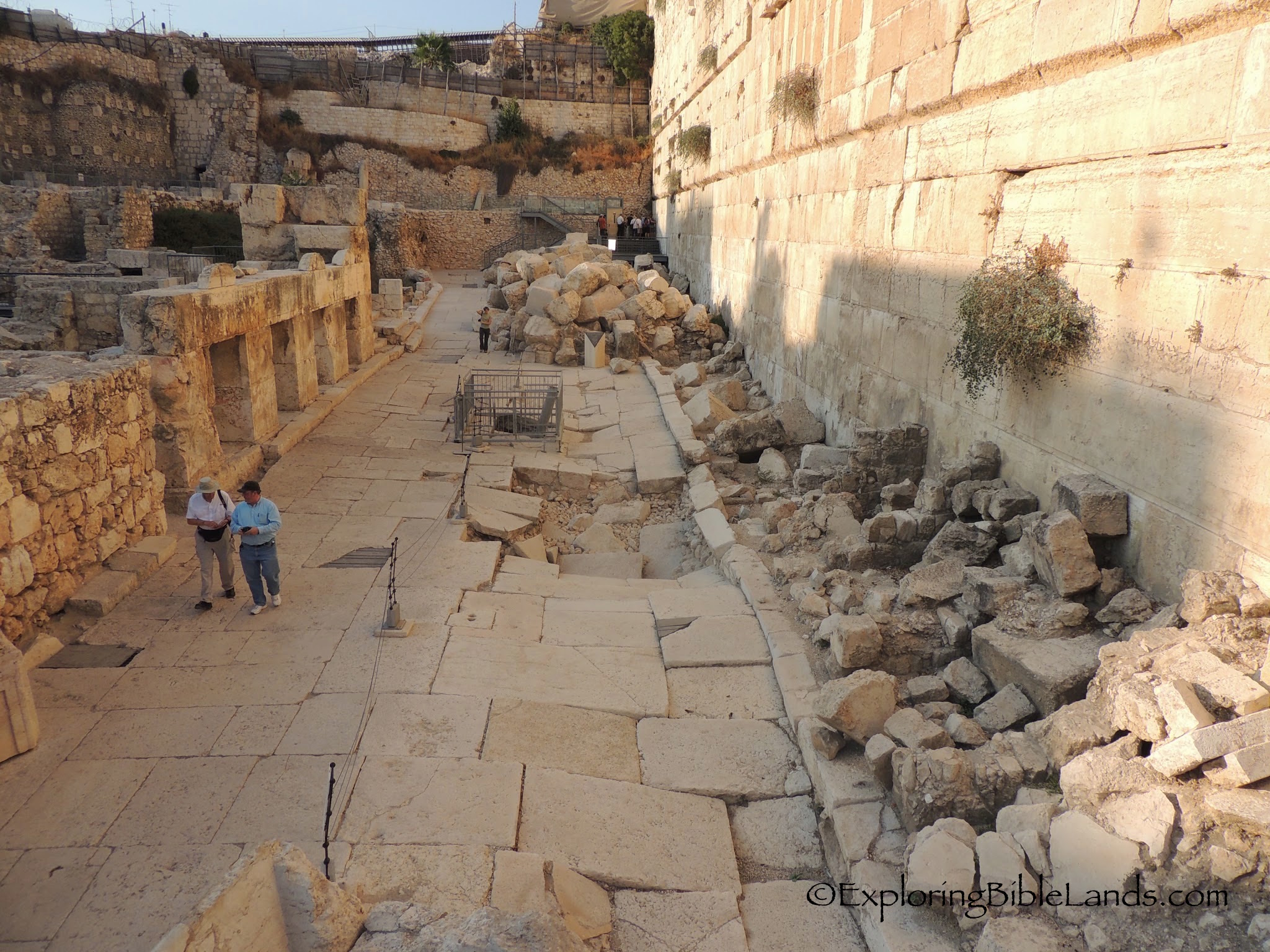IntroductionThroughout the ministry of Jesus, He often spoke of the destruction of Jerusalem. Most, if not all, did not understand what He was trying to tell them. In their eyes, the city of the Jerusalem was a magnificent city. In Mark 13, there is a discussion between Jesus and His disciples:
And as he came out of the temple, one of his disciples said to him, “Look, Teacher, what wonderful stones and what wonderful buildings!” And Jesus said to him, “Do you see these great buildings? There will not be left here one stone upon another that will not be thrown down.” - Mark 13:1-2
Why did the disciples not believe Jesus? Probably because what Jesus said just did not make sense to them. They could not imagine a scenario in which these “wonderful stones and buildings” could be destroyed.
They also did not truly believe in the promises of God.
A Quick Tour
During the period of the United Kingdom, Solomon expanded the city of Jerusalem to the north and built a beautiful temple on the top of the Eastern Hill. It was constructed with lumber from Lebanon and precious metals from other places in the world. It was the pride and joy of the Israelite nation.
This temple was used (and misused) by the people for hundreds of years. Then, in 586BC, the Babylonians captured the city of Jerusalem and destroyed the temple. After the captivity ended, under the direction of brave men of God, the temple was rebuilt, but not to the former glory it once had.
When the Romans captured the land in the first century BC, King Herod started massive building projects across the land. In an attempt to appease the Jewish people, King Herod decided to enlarge the temple complex in Jerusalem. He chiseled away at the bedrock on the northern part of the Eastern Hill and used that rubble to fill in the area around the southern part of the hill. He then constructed a massive retaining wall around the entire area. The end result was a 36-acre raised platform containing an enlarged and renovated temple complex on the top. At that time, it was one of the largest building projects in the world. The Temple Mount was the centerpiece in the Roman-renovated city of Jerusalem. From anywhere in the city, the temple could be seen. And, within the city, all roads led toward the temple. It is no wonder why the disciples of Jesus were impressed (and perhaps even proud) of what they had in their own city.
After the destruction of Jerusalem in 70AD, many parts of the city were buried in rubble and debris. Centuries of wind, rain and dust contributed to the burial process until there was almost no visible evidence of the destruction remaining.
In 1967, after Israel captured a portion of Jerusalem, archaeologists were able to begin the work of digging around the Temple Mount. Adjacent to the southwest corner, they found a first century Roman road. The pavement stones were almost entirely intact as they had been buried for centuries and protected. Along with this Roman road, there were also found shops, houses and mikvahs.
However, what interested Bible scholars was not necessarily the road itself, but what was found on the road. Scattered and piled along the road were huge hewn cut pieces of stone. Stones that obviously were used in the construction of something. The road area underneath these stones had been damaged by the stones as they were dropped upon them. These stones were from the Temple Mount platform area. They were either from part of the retaining walls or one of the other structures built on top. As the Romans destroyed the city and burned the temple, these stones were thrown down onto the road below.
Just like Jesus said would happen.
Lesson: God’s promises always come true.
Throughout history, God has made promises. In fact, the first recorded words of God to Adam and Eve was a command, followed by a promise.
The Lord God took the man and put him in the garden of Eden to work it and keep it. And the Lord God commanded the man, saying, “You may surely eat of every tree of the garden, but of the tree of the knowledge of good and evil you shall not eat, for in the day that you eat of it you shall surely die.” - Genesis 2:15-17
Later, after man disobeyed God’s command, He offers all of mankind hope in another promise to the serpent, Eve and Adam.
The Lord God said to the serpent, “Because you have done this, cursed are you above all livestock and above all beasts of the field; on your belly you shall go, and dust you shall eat all the days of your life. I will put enmity between you and the woman, and between your offspring and her offspring; he shall bruise your head, and you shall bruise his heel.”
To the woman he said, “I will surely multiply your pain in childbearing; in pain you shall bring forth children. Your desire shall be for your husband, and he shall rule over you.”
And to Adam he said, “Because you have listened to the voice of your wife and have eaten of the tree of which I commanded you, ‘You shall not eat of it,’ cursed is the ground because of you; in pain you shall eat of it all the days of your life; thorns and thistles it shall bring forth for you; and you shall eat the plants of the field. By the sweat of your face you shall eat bread till you return to the ground, for out of it you were taken; for you are dust, and to dust you shall return.” - Genesis 3:14-17
Of course, all of these promises came true.
In our lifetime, we meet thousands of people. Consequently, we will have many promises made to us. Some of these promises are ones with small consequences (“I’ll make my bed later this morning”, or “I’ll take the trash out before it rains”). But others have much larger consequences (“I promise to love, honor and obey you, until death do us part”, or “I promise to raise you up as a child of God.”).
If we surround ourselves with good people, very often these promises are kept. But sometimes, through no fault of our own, people break the promises that they made to us. In these times, we feel disappointed, sad and rejected. It is easy to think that the promise was broken because something came about that was deemed to be more important than yourself.
Luckily, we have a God that is loving, patient and true. He promised Noah salvation from the flood. He promised Abraham a large family and a land. And He promised the prophets of the impending destruction of the nation. All of those promises came true.
God has made promises to all of us. And as we have discussed, God’s promises always come true. If we forget, all we need to do is to remember this Roman road in Jerusalem.







